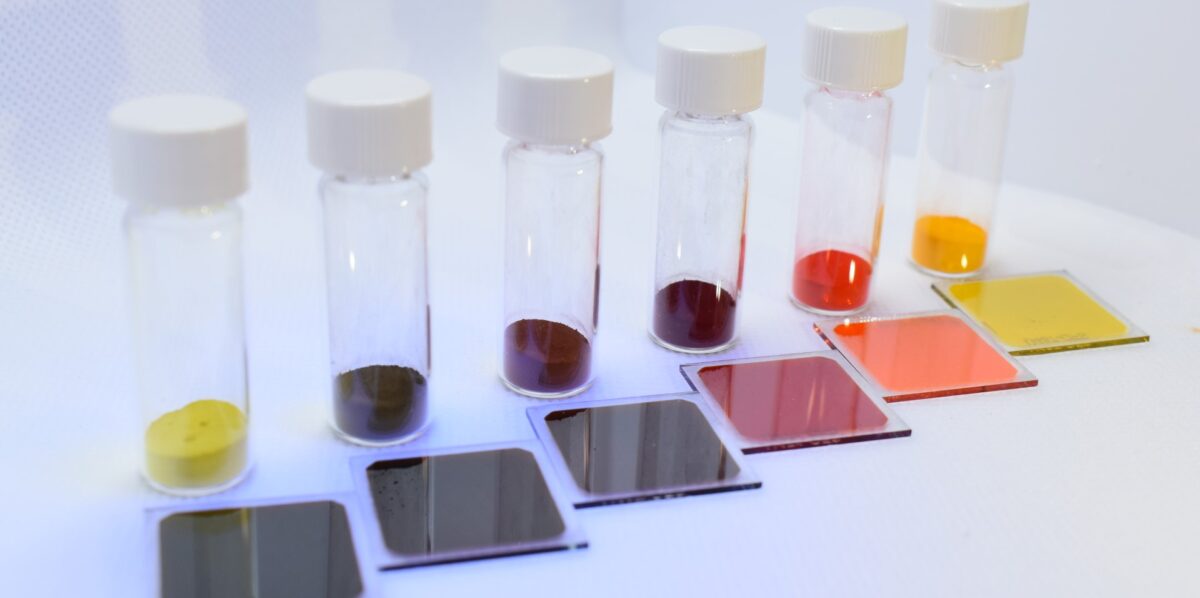Researchers in the United States developed a novel vapor deposition method for all-inorganic perovskite absorbers using continuous flash sublimation (CFS).
They described the new technique as a non-batch process that solves two problems associated with the use of established vapor processing in perovskite material manufacturing – the slow speed of deposition and the non-continuous nature of batch processing.
“Our deposition approach allows for the continuous deposition of a fully absorbing perovskite material within less than five minutes,” corresponding author Tobias Abzieher from Swift Solar, a U.S.-based perovskite PV startup, told pv magazine. “Solar cells prepared with these materials also outperform previously realized efficiencies of vapor processed inorganic perovskite solar cells significantly.”
The researchers said that they are pursuing vapor processing because of its potential for high yield, high-quality and high reproducibility processing, and its potential to eliminate the use of hazardous solvents. Furthermore, it is seen as simplifying the scaling up to larger device areas. In addition, its performance on rough surfaces makes it attractive for perovskite-based tandem applications.
“The limited throughput of vapor processes for the deposition of perovskite materials remains the number one bottleneck for a swift commercialization. Researching alternative deposition strategies is therefore key,” David Moore, a researcher from the US Department of Energy's National Renewable Energy Laboratory (NREL) and co-corresponding author told pv magazine.
The scientists fabricated a variety of “high-quality” cesium lead halide (CsPb(IxBr1−x)3) thin films in a prototype system to test the versatility of the CFS approach, noting that the process was able to produce thin film compositions “across the entire bromine/iodine space maintaining the composition of the source materials”.
They noted that the CFS approach enabled the reduction of the time required to deposit a “fully absorbing layer to less than 5 minutes” in a continuous deposition process.
The CFS-derived films were made into working solar cell devices. The study’s champion solar cells achieved power conversion efficiencies as high as 14.9%, open-circuit voltage of 1.17 V, fill factor of 76.0%, and short-circuit current densities of 16.8 mA cm−2. The forward scan direction values were 10.3%, 1.12 V, 55.1%, and 16.7 mA cm−2, respectively.
Popular content
The researchers describe the source material, a mechano-chemically synthesized powder, and how it is prepared by mixing individual precursor materials, cesium and lead salts into a stochiometric powder. They said it was flashed at high temperatures to overcome the differences in deposition characteristics of the individual precursor materials.
The powder was filled into a reservoir connected to a vibratory feeder, which in turn was connected to an AC signal. After moving along the vibratory feeder, the powder falls into a preheated tantalum evaporation boat kept at a temperature “significantly above” the highest sublimation temperature of the individual inorganic salts, typically in the range of 700 C. “Inside the evaporation boat, the powder constituents instantaneously sublime, leave the evaporation source, to finally condense on a substrate situated above the evaporation boat,” explained the team.
An annealing step at temperatures between 330 C and 380 C for 0.5 min to 1 min was implemented after the CFS step to “improve thin-film quality and to ensure stabilization of the correct photoactive perovskite phase”. The details are described in “Continuous flash sublimation of inorganic halide perovskites: overcoming rate and continuity limitations of vapor deposition,” published in the Journal of Materials Chemistry A.
The team concluded that the work is a critical step toward fast and continuous processing of perovskite materials, which is “highly suitable for the fast deposition of thin films whose individual constituents have significant differences in sublimation characteristics.”
“I can imagine that a process like this could be used for the industrial fabrication of perovskites. Throughput is one of the number one bottlenecks of vapor processing of perovskites, so developing novel approaches that overcome this limitation are crucial,” Abzieher said, when asked about technology transfer potential.
Looking ahead at research activity, David Moore said that NREL, for example, is looking into the use of the CFS method for other hard-to-deposit material classes, as well as investigating using this method with other types of perovskite materials, such as hybrid materials containing organic and inorganic precursor materials.
This content is protected by copyright and may not be reused. If you want to cooperate with us and would like to reuse some of our content, please contact: editors@pv-magazine.com.


By submitting this form you agree to pv magazine using your data for the purposes of publishing your comment.
Your personal data will only be disclosed or otherwise transmitted to third parties for the purposes of spam filtering or if this is necessary for technical maintenance of the website. Any other transfer to third parties will not take place unless this is justified on the basis of applicable data protection regulations or if pv magazine is legally obliged to do so.
You may revoke this consent at any time with effect for the future, in which case your personal data will be deleted immediately. Otherwise, your data will be deleted if pv magazine has processed your request or the purpose of data storage is fulfilled.
Further information on data privacy can be found in our Data Protection Policy.